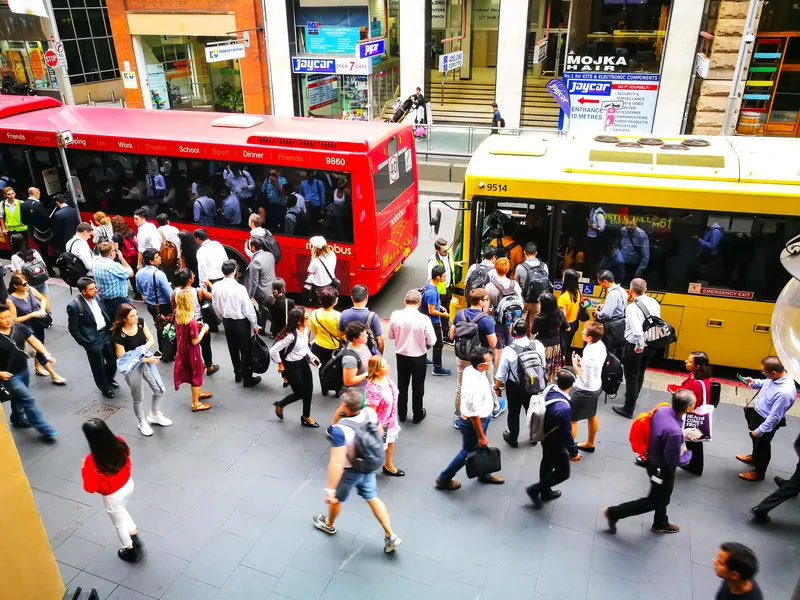A new study by the Northeast Group says there are currently more than 2,000 LED and smart streetlight projects globally. With these infrastructure projects, cities and municipalities across the world modernise their streetlights with more efficient light-emitting diode (LED) lights. They are also deploying sensors, communications and analytics software throughout their street lighting infrastructure and creating smart cities. This is a key segment of the emerging Internet of Things. Rapidly falling costs an
April 28, 2015
Read time: 2 mins
A new study by the Northeast Group says there are currently more than 2,000 LED and smart streetlight projects globally. With these infrastructure projects, cities and municipalities across the world modernise their streetlights with more efficient light-emitting diode (LED) lights. They are also deploying sensors, communications and analytics software throughout their street lighting infrastructure and creating smart cities. This is a key segment of the emerging Internet of Things. Rapidly falling costs and clear benefits have led to a sharp increase in the number and scale of LED and smart streetlight projects in the past year, according to the study.
"With LEDs approaching cost parity with legacy streetlights, their energy and maintenance savings make the business case a no-brainer. By 2025, LED and smart streetlights around the world will save 97,900 GWh annually, the equivalent of US$12.9 billion in electricity costs per year. Smart street lighting will also pave the way for additional smart city applications such as smart parking meters, environmental sensors and video monitoring," said Ben Gardner, president of Northeast Group.
Of the more than 2,000 current LED and smart streetlight projects across 90 countries, Northeast Group analysed more than 800 projects and found that cities are now undertaking larger-sized deployments. In just the past year, Madrid began the largest single-city project with 225,000 streetlights, Los Angeles announced it would network the 140,000 LED streetlights it recently deployed and the utility Florida Power & Light set plans to network 500,000 streetlights.
As deployments accelerate globally, diverse vendors are all competing for a piece of the growing market. Increasingly, partnerships between vendors across the value chain provide complete smart city solutions. Acuity,852 Bridgelux, 1947 Cooper, Cree, Echelon, Elster, 940 GE, Itron, 1786 Osram, 5147 Philips, Schreder, Sensus, Silver Spring Networks and 5392 Toshiba are among the major vendors in the market.
"With LEDs approaching cost parity with legacy streetlights, their energy and maintenance savings make the business case a no-brainer. By 2025, LED and smart streetlights around the world will save 97,900 GWh annually, the equivalent of US$12.9 billion in electricity costs per year. Smart street lighting will also pave the way for additional smart city applications such as smart parking meters, environmental sensors and video monitoring," said Ben Gardner, president of Northeast Group.
Of the more than 2,000 current LED and smart streetlight projects across 90 countries, Northeast Group analysed more than 800 projects and found that cities are now undertaking larger-sized deployments. In just the past year, Madrid began the largest single-city project with 225,000 streetlights, Los Angeles announced it would network the 140,000 LED streetlights it recently deployed and the utility Florida Power & Light set plans to network 500,000 streetlights.
As deployments accelerate globally, diverse vendors are all competing for a piece of the growing market. Increasingly, partnerships between vendors across the value chain provide complete smart city solutions. Acuity,










